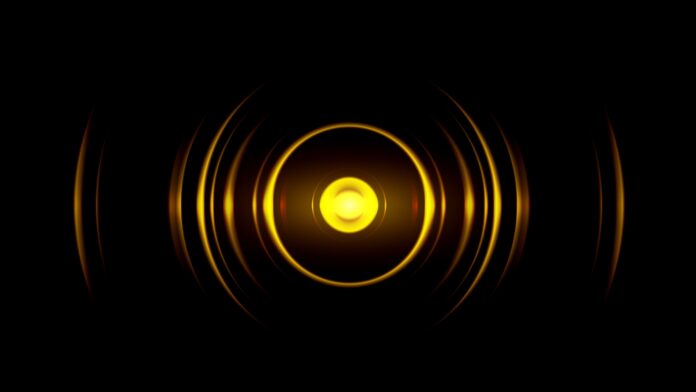When it comes to oscillators and waves, there is an interesting phenomenon that occurs when the period of an oscillator doubles. In this article, I’ll delve into what exactly happens to the wave when this doubling occurs. Understanding this relationship between the period of an oscillator and the resulting wave can provide valuable insights into the behavior of oscillating systems. So, let’s dive in and explore the fascinating world of oscillators and their corresponding waves.
If The Period of The Oscillator Doubles, What Happens to The Wavelength and Wave Speed?
The Period of an Oscillator
When it comes to oscillators, understanding their period is crucial. The period of an oscillator refers to the time it takes for one complete cycle or revolution. It is usually measured in seconds. Now, what happens when the period of an oscillator doubles? Let’s dive into the details.
Impact on Wavelength
The wavelength of a wave is the distance between two consecutive points in the wave that are in phase. In simple terms, it is the length of one complete wave cycle. When the period of an oscillator doubles, the wavelength of the corresponding wave also doubles. This means that the distance between two consecutive points in the wave that are in phase increases.
Effect on Wave Speed
Wave speed is the rate at which a wave travels through a medium. It is calculated by dividing the wavelength of the wave by its period. When the period of an oscillator doubles, but the wavelength also doubles, the wave speed remains unchanged. This is because the increase in wavelength compensates for the increase in period, resulting in no net change in wave speed.
Relationship between Period, Wavelength, and Wave Speed
Understanding the relationship between the period, wavelength, and wave speed of an oscillator is key to comprehending its behavior. When the period of an oscillator doubles, both the wavelength and wave speed are affected. While the wavelength doubles, the wave speed remains constant.

Effects on the Wave
When the period of an oscillator doubles, it has a significant impact on the characteristics of the corresponding wave. In this section, I will explore the changes that occur in the wavelength, amplitude, and waveform when the period of an oscillator doubles.
Changes in Wavelength
One of the key effects of doubling the period of an oscillator is the doubling of the wavelength of the wave. The wavelength represents the distance between two consecutive points of the same phase on a wave, such as two crests or two troughs.
To understand this relationship, let’s consider an example. If the period of an oscillator is initially 1 second and the corresponding wavelength is 2 meters, doubling the period to 2 seconds will result in a new wavelength of 4 meters. This means that the distance between two consecutive points of the same phase on the wave has doubled.
Changes in Amplitude
While doubling the period of an oscillator affects the wavelength of the wave, it does not have any direct impact on the amplitude. The amplitude of a wave represents the maximum displacement of a point on the wave from its equilibrium position. It is a measure of the energy carried by the wave.
When the period of an oscillator doubles, the amplitude of the wave remains unchanged. The wave still oscillates with the same maximum displacement from its equilibrium position, regardless of the change in period. Therefore, the amplitude is not affected by variations in the period of the oscillator.
Changes in Waveform
The waveform of a wave refers to the shape that the wave takes as it propagates through a medium. It is determined by the relationship between the displacement of the particles in the medium and time.
When the period of an oscillator doubles, the waveform of the corresponding wave remains the same. The doubling of the period does not alter the shape or structure of the wave. It simply affects the distance between two consecutive points of the same phase on the wave, as discussed earlier.
When the period of an oscillator doubles, the wavelength of the wave also doubles, while the amplitude and waveform remain unchanged. Understanding these effects is crucial for analyzing and predicting the behavior of oscillating systems.
Remember, the frequency of a wave is inversely related to its period, with the formula: Frequency (f) = 1 / Period (T). Doubling the period of an oscillator results in the halving of the frequency and the doubling of the wavelength. However, the wave speed remains constant and is not affected by changes in the period or wavelength.


